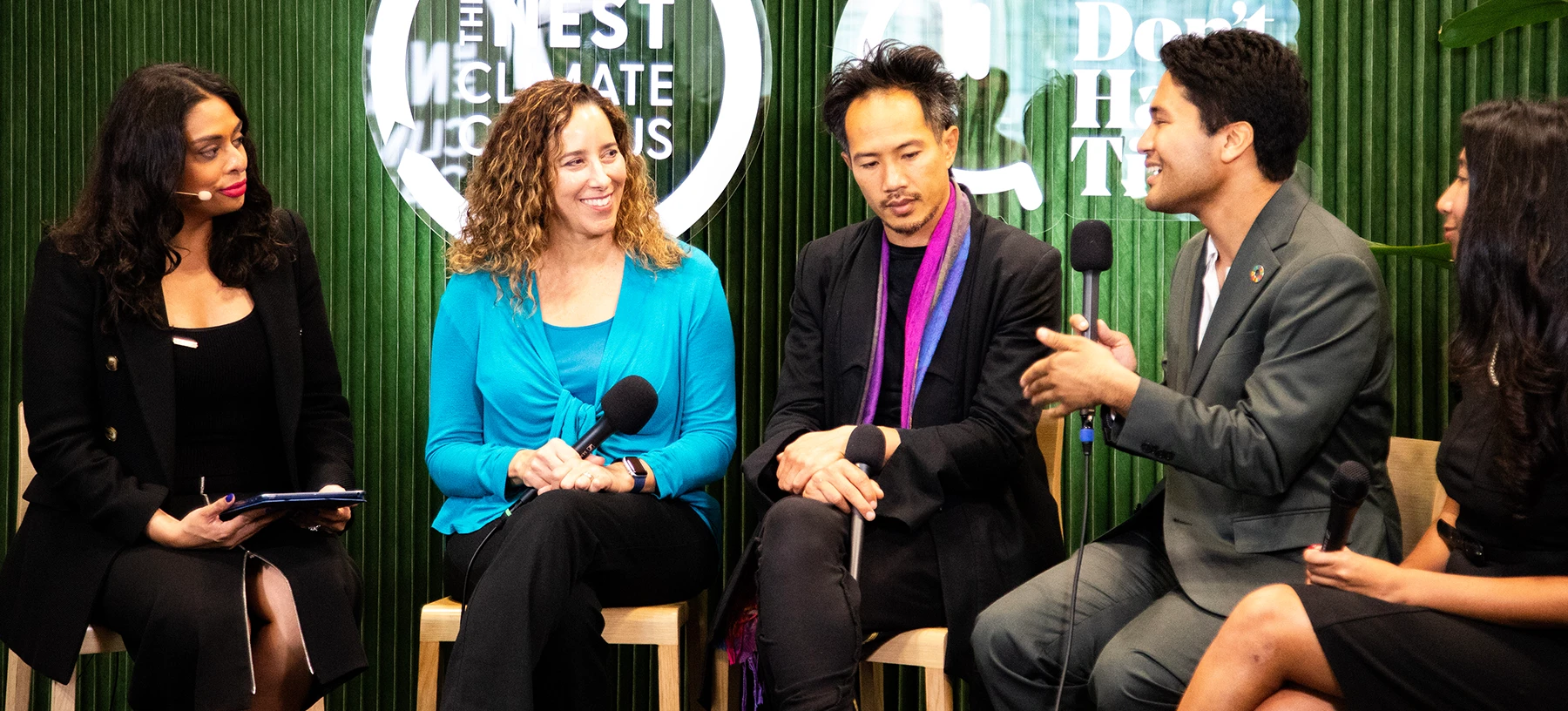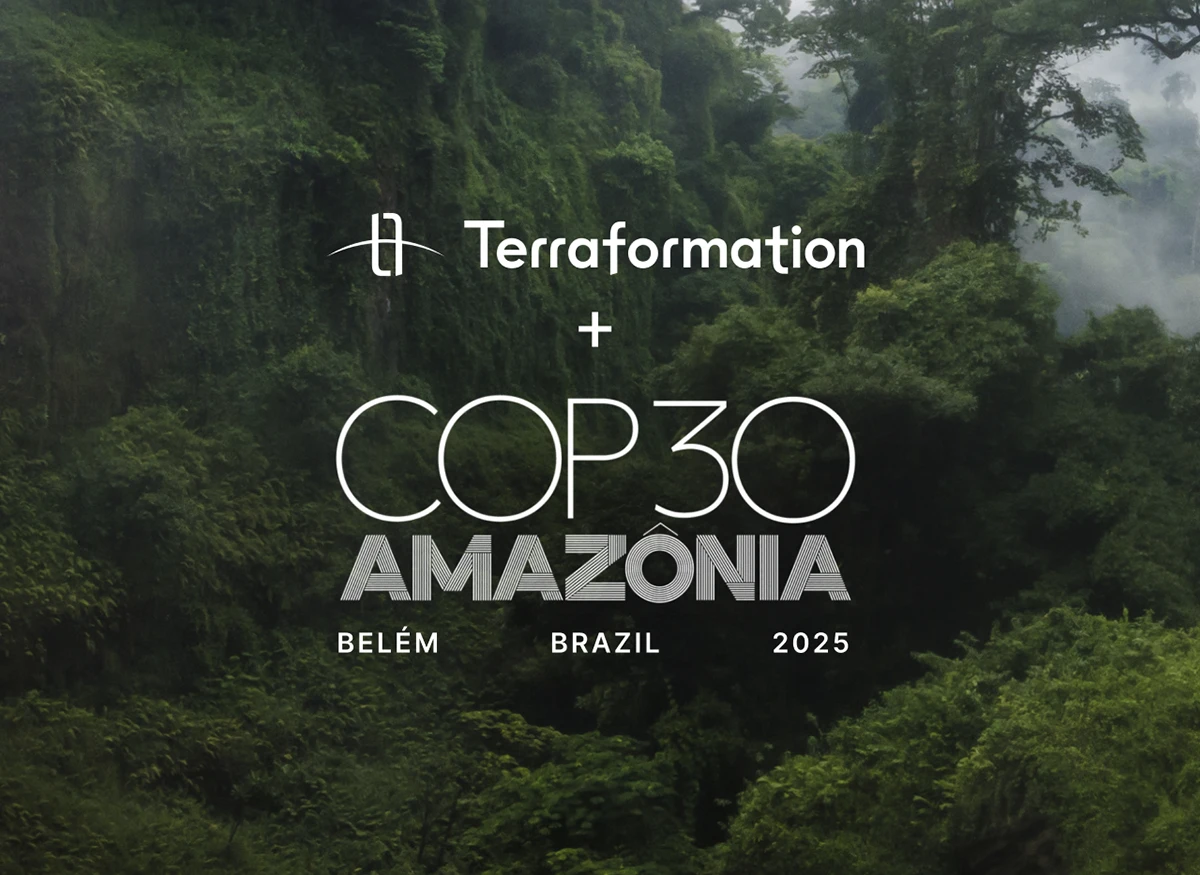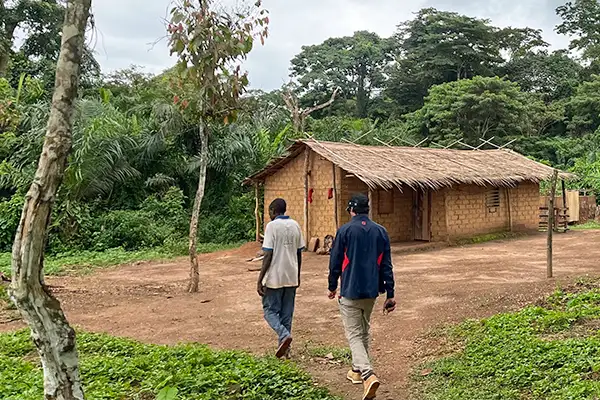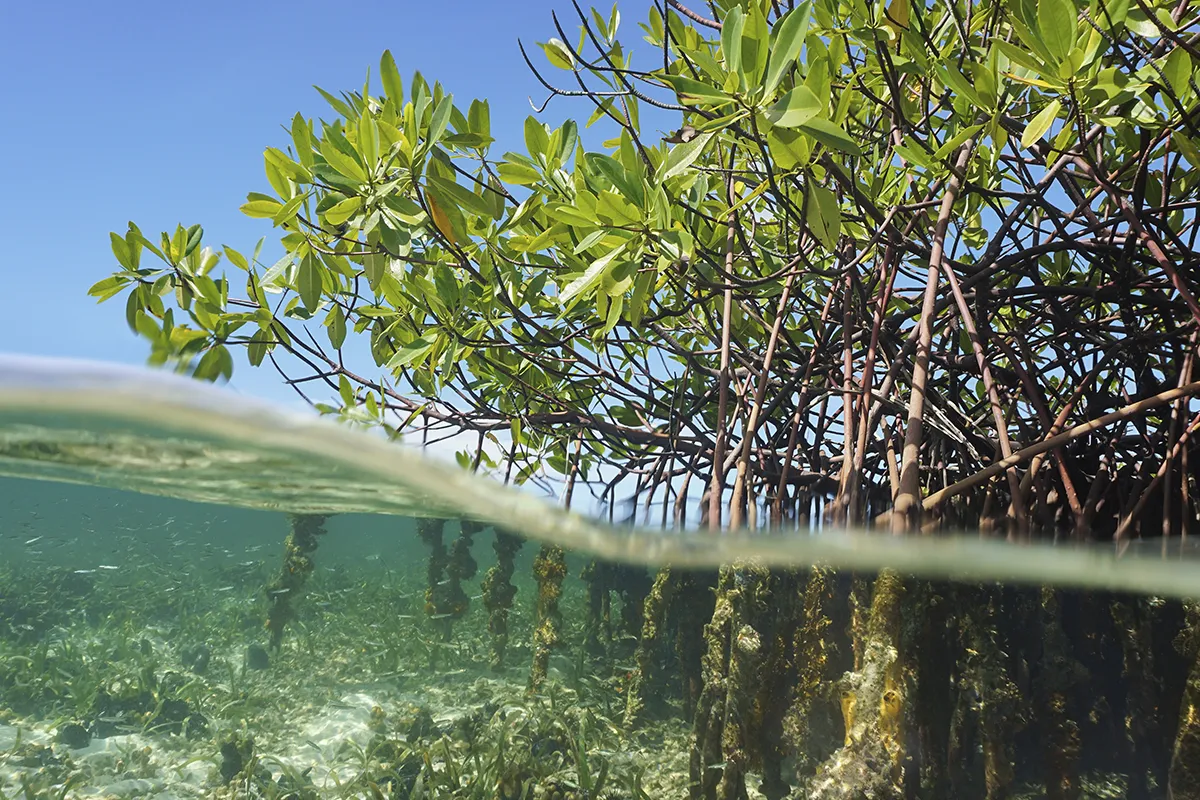From Climate Week to COP30: Aligning Nature, Business, and Moral Imagination

A month after New York Climate Week, one takeaway is undeniable: sustainability has moved from the sidelines to strategy. It was encouraging to see leaders across industries frame climate action not as a moral obligation or compliance task, but as a competitive advantage and a foundation for long-term business value.
This is an important step, similar to the sea change occurring in the renewable energy space. Once a ‘green alternative’, renewable energy is now recognized as an economical and future-proof way to power most business operations, with verifiable bottom line impact.
From Ethics to Economics
For decades, advocates have argued that sustainability is simply good ethics. Now, the data confirms that sustainable initiatives drive innovation. At the Terras event in NYC, Chief Sustainability Officers from leading firms shared that their teams are driving transformation, reducing costs, stabilizing supply chains, and strengthening brand loyalty. As one CSO put it, “Our sustainability work is our growth strategy.”
This shift represents a new corporate instinct: businesses are the ultimate stakeholder in our planetary ecosystems.
Recent research by the World Economic Forum shows that more than half of global GDP depends on nature, and nature-positive transformations could unlock ~$10 trillion in business value. At a session led by Pure Strategies, Inc., nature impact assessments revealed a profound truth: when companies see how their supply chains, asset values, employee health, insurance costs, and revenue depend on ecosystems, restoration becomes a business imperative.
That flips the story on the value of nature—forests, soils, and watersheds aren’t nice-to-have, but are the hidden infrastructure of the global economy. The pharmaceutical, agriculture, and consumer products industries are possible because of biodiversity. Restoring nature strengthens resilience, reliability, and regeneration across industries. It’s the next frontier of corporate innovation: building nature-positive systems that deliver returns in both stability and prosperity.
Rethinking Risk Through Shared Language
At Bain & Company’s session on managing risks in nature-based projects, one insight stood out: investors, corporations, and developers each define “risk” differently. For some, it’s about capital exposure; for others, operational stability or ecological integrity. Each lens is valid, but collectively they create a fragmented picture.
That fragmentation doesn’t just slow progress; it breeds misunderstanding. A project developer might assume that a funder’s primary worry is reputational risk, while the investor may be more concerned about demand-side risks, continuity of investment, or even the risks of inaction—those slow, irreversible shifts that threaten long-term business stability.
Bridging those gaps starts with transparency about how each party measures climate risk for business and assigns value to its contribution, both positive and negative, on the climate system. This is a different frame from counting global emissions as one undifferentiated total. When companies can demonstrate that climate risk carries a quantifiable business cost, and how their own operations materially contribute to that risk, the equation becomes clear: what damages nature also damages enterprise.
Progress, then, depends on openness. By sharing what works, what fails, and what still needs testing, we build the trust that makes collaboration and large-scale climate action possible.
Rewriting the Climate Narrative
If business strategy is evolving, climate storytelling must evolve with it. At panels like “Climate Solutions That Are Not Boring” and E3G’s “Bridging the Gap,” communicators acknowledged that fear and fatigue have numbed the public's motivation. The challenge isn’t to create more data, it’s to deliver more meaning.
People don’t want another crisis to fear; they want to imagine a future that supports their family, their livelihoods, and their health. They want to know what they can do to help build. People react with positive conviction to stories that are trustworthy, simple, and show what’s possible. We urgently need framings that reconnect climate action to everyday life: affordable groceries, cleaner air, and our children’s future.
At Terraformation, we believe joy, purpose, and imagination are among our most powerful climate resources. When people can see their role in the solution, they show up.
Where Artificial and Ancestral Intelligence Meet
Artificial intelligence is emerging as one of the most powerful accelerators for climate action. But, like any model, it is only as wise as the data it learns from. If we want AI to serve planetary regeneration, its frameworks must include the human knowledge systems that have sustained ecosystems for millennia.
Technology is helping us perceive the planet as a living, interdependent system: something Indigenous communities have always understood. The challenge and opportunity now is to ensure that digital intelligence doesn’t replace ancestral wisdom but learns from it. Data can quantify what traditional knowledge has long practiced: that resilience lives in diversity, reciprocity, and balance.
At Terraformation, we see this integration in action. Our reforestation projects are co-designed with local communities, many of whom are the original stewards of these critical ecosystems, and enhanced by AI-driven tools that model growth, track carbon, and monitor ecosystem recovery from the field, the air, and even from space. When artificial intelligence helps scale the insights of ancestral intelligence, restoration becomes both faster and more faithful to the living systems we aim to restore.
This is the real frontier of innovation: teaching our most advanced technologies to remember what humanity once knew by heart.
The Road to COP30: A Call for Alignment
Climate Week 2025 revealed a world in transition, one where business strategy, nature restoration, and human imagination are finally beginning to align.
As we look toward COP30 in Brazil, the challenge is to turn that alignment into action. Investors, corporations, communities, and policymakers must align around a shared truth: restoring nature isn’t charity, it’s strategy. It’s the risk mitigation plan, the growth driver, and the moral compass of this decade.
Native, biodiverse reforestation embodies this multi-stakeholder alignment. These projects are where data meets soil, where ancestral stewardship meets artificial intelligence, where regeneration can be measured in both carbon and community well-being. When we invest in forests, we are not simply planting trees, but are rebuilding the systems that make every business, and every life, possible: clean air, stable climate, reliable water, resilient economies.
The next era of leadership will belong to those who bridge these worlds: who see technology and tradition, nature and business, imagination and evidence as powerful allies that can remake humanity’s relationship with the living world around us. That work is already beginning. And if we sustain it, COP30 won’t just mark another milestone in climate policy, it will mark the moment the world learned to grow together again.
















